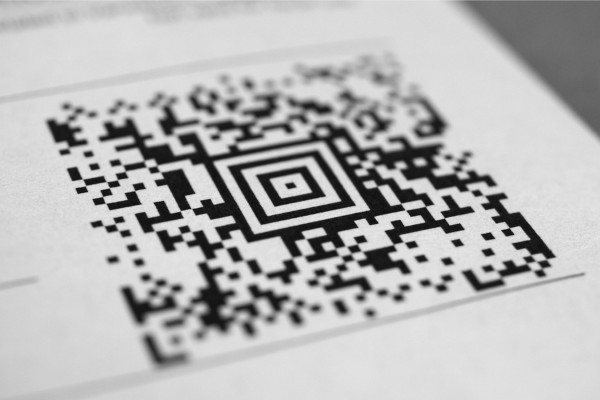Serialisation in the pharmaceutical industry is one of the best tools society has to combat counterfeit medicines. What are the facts relating to this issue, though, and what do you need to know now about serialisation?
Counterfeit medicines are a risk to public health. They are often not effective so don’t benefit patients. If that is not dangerous enough, counterfeit drugs can also actively harm patients, even causing death.
Counterfeit drugs also damage the pharmaceutical industry. They directly cause lost revenues plus they can have knock-on effects including unwarranted reputational damage, loss of patient confidence, and more.
Tackling Counterfeit Medicines
The solution is easy to state: rid the world of the scourge of counterfeit medicines. Anyone involved in the pharmaceutical industry, from manufacturers through to regulators, knows that this is exponentially easier said than done.
It isn’t even effective to turn up at a counterfeit manufacturing facility to close it down. This is because the medicines are almost always manufactured in stages at different locations. In addition, it is not unusual for these locations to be in different countries.
Counterfeit manufacturing facilities are typically also individually small. They produce at scale because they have multiple small facilities. In other words, when you shut down one, many, many more continue to operate unaffected.
Tackling the distribution side of the counterfeit drug distribution problem is equally challenging, not least because many fake medicines are sold on the internet. In fact, according to estimates from the World Health Organization, as many as 50 percent of drugs sold on the internet are counterfeit. In addition, around 90 percent of the drugs sold do not originate in the country the selling website claims they do.
While authorities are getting better at policing the web, there is a long way to go.
The Serialisation Solution
This is where serialisation comes in. It cannot, on its own, stamp out counterfeit medicines but it can make a major contribution to the effort.
Serialisation involves tracing each individual product via a unique serial number from the manufacturer right through to the end user – the patient. The serial number gives information such as the origin of the product, the production batch, the expiry date, and more.
Implementing serialisation in the pharmaceutical industry involves acquiring unique serial numbers for your products, assigning them to each batch you produce, printing the serial number on the product’s label in the form of a barcode, and then managing the data so you can trace the product via the serial number. You might need to do this months or even years after the product leaves your production line.
What You Need to Consider
Cost
You will need to allocate a budget for upgrading your system to both apply serial numbers to your products during manufacturing and also to manage the data this produces. This includes software development costs to add functionality and integrate systems, as well as potential hardware upgrade costs.
Resources
You will also need to allocate resources to fully implement serialisation in your production line. As there are no standardised global rules that cover the whole pharmaceutical industry, this includes getting a full understanding of the implications of serialisation depending on the global markets you serve and the type of products you produce. You will also need resources to properly plan the implementation of serialisation, and there will be an element of staff training involved.
Getting the right partner
Crucial to all successful serialisation implementations is ensuring you work with the right partner. This means selecting a software provider who is vendor neutral so can work with all your platforms and equipment. You should also select a provider with integration, serialisation, and pharmaceutical industry experience.
Automation
Implementing serialisation will slow down production, particularly in the packaging phase. After all, you will need to add serial numbers to each package. This means individual product packages, case packages, and pallet packages. Adding additional automation to your line can offset this and, in some cases, make your line more efficient than before.
Data management
Your facility will need systems that enable the efficient storage of data that serialisation produces, as well as giving users quick and easy access to that data. You need hardware for this but, crucially, you also need effective data management and reporting software. In almost all cases, this will mean a bespoke solution integrated with your existing system.
Data exchange
For serialisation efforts to be effective, it is not good enough for you to have data internally. You also need systems in place that facilitate the secure sharing of data with your supply chain and others.
Changing regulatory environment
Countries around the world have different serialisation regulations in place and different deadlines for their implementation. This is challenging in itself but there is also the fact that these regulations are not fixed. Instead, you should view them as evolving. This means any serialisation solution you implement should be flexible and scalable. Your compliance team must also be nimble to ensure you are on top of all current regulations as well as any upcoming changes.
Serialisation is a reality for the pharmaceutical industry. While there are cost, production, and resource issues involved, it will bring multiple benefits.





